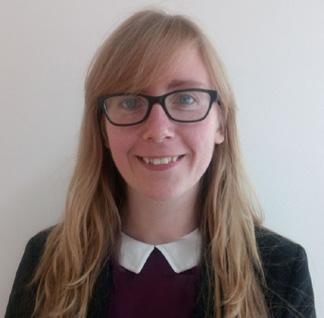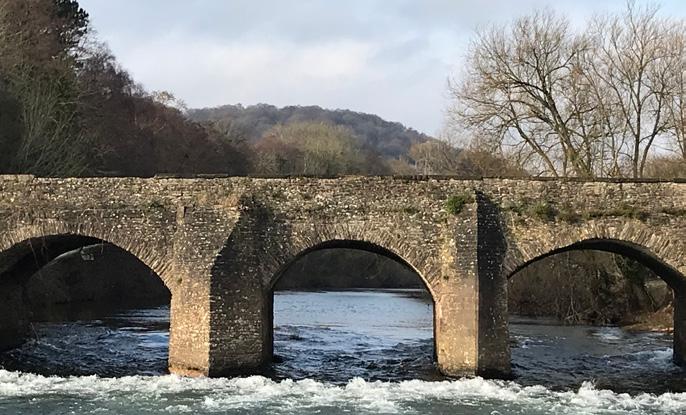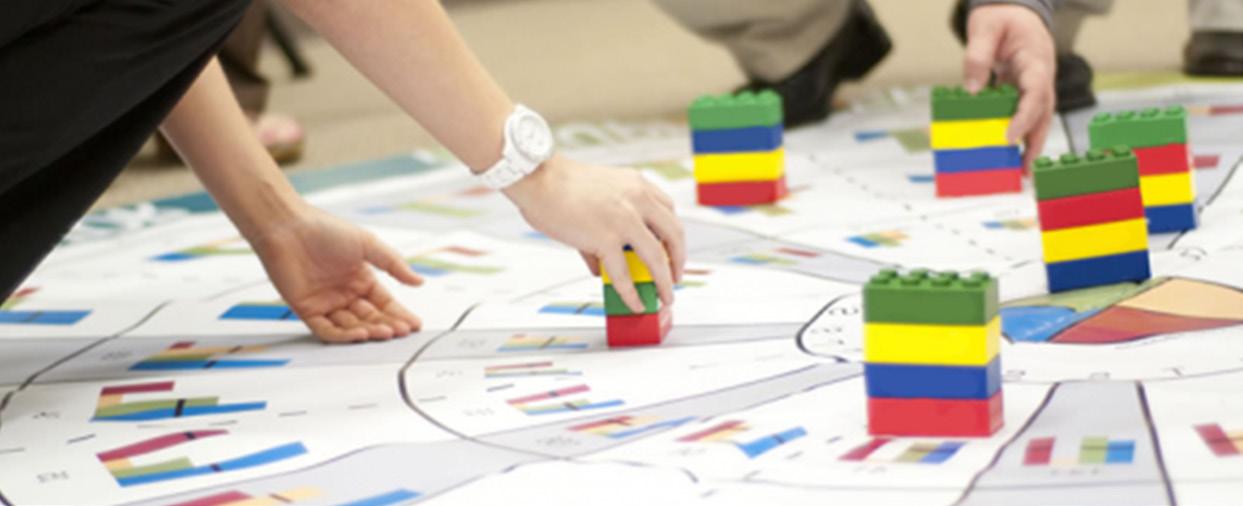CPD
CPD - A MATTER OF RECORD Hopefully all our members are familiar with the concept of Continuing Professional Development (CPD) – participation is a requirement of any corporate membership and professional registration with the Institute of Water. That said, the Institute takes a flexible view of the sorts of CPD activities members participate in and how they record them. We firmly believe that learning should be about “quality not quantity” and accept a range of approaches because our membership, while united by working in the water industry, represents a diverse range of professions. This means there is no fixed number of hours of CPD that members must complete each year; however members could be asked to submit their CPD record to the Institute if selected as part of our annual monitoring exercise. So what does a CPD record need to look like? It can be pretty much anything that suits you, provided it enables you to accurately record your learning activities and evaluate how effect they’ve been. You are far more likely to persist with a rigorous approach to CPD if you’ve found a way of recording it that suits you. Matt Bower, our CPD Champion, says “We see a wide variety of ways in which our members record their learning – MS Word and Excel
templates are common. Sometimes an employer will specify how CPD is to be recorded and provide a template. Some water companies have excellent CPD templates, and several winning entries to our CPD Award have been on these in recent years. There is absolutely nothing wrong in developing your own recording method, though – and don’t be afraid to adjust if it you find that it isn’t working for you.” A CPD record is about much more than simply a list of events that you have attended. There are some elements that it needs to contain: ■
■
■
■
A brief, accurate description of what you did or attended Specific details including date and location An evaluation of the learning in terms of how it benefitted you (this is the reflection part that we often refer to in the CPD cycle) An assessment of how this impacts learning objectives – have you met them
■
completely, do you need to do a bit more or change direction entirely? Any other information that you can usefully include, such as how your learning benefitted others
Most members are aware of the Institute’s CPD portal, one of the benefits of membership. This online tool guides you through the whole CPD cycle to ensure that you don’t miss anything. Using the portal is not compulsory, but it’s a great way of methodically producing a development plan and CPD record that can easily be shared with the Institute if you are selected to participate in our CPD monitoring. Matt goes on “We do recommend our portal because it sets everything out so clearly – especially useful if you are just starting out with CPD and don’t quite know where to start. If you choose to use your own recording template, that’s completely fine, but it needs to contain all the elements of the CPD cycle and not simply be a long list of training courses.”
The Institute’s CPD Portal – Where Do I Start? First create your Development Plan. This is where you set out your ideas for how you want to progress and any skills gaps you need to fill. You could make a new Development Plan every year or keep the same one updated.
Add some Development Goals – these need to be quite specific, with completion dates. An example could be “Improve my Communication Skills”. You can then add individual Development Activities, such as speaking at an event or writing an article.
Add some Development Aims – these are quite high level, a way of grouping your more specific goals together. It’s fine to just have a single Aim!
Each activity can be evaluated to record what you got out of it and how it affects your wider development goal. You can mark the activity as “Complete” or ongoing. Each section of the portal is accompanied by clear guidance to help you on the way!
14
instituteofwater.org.uk








